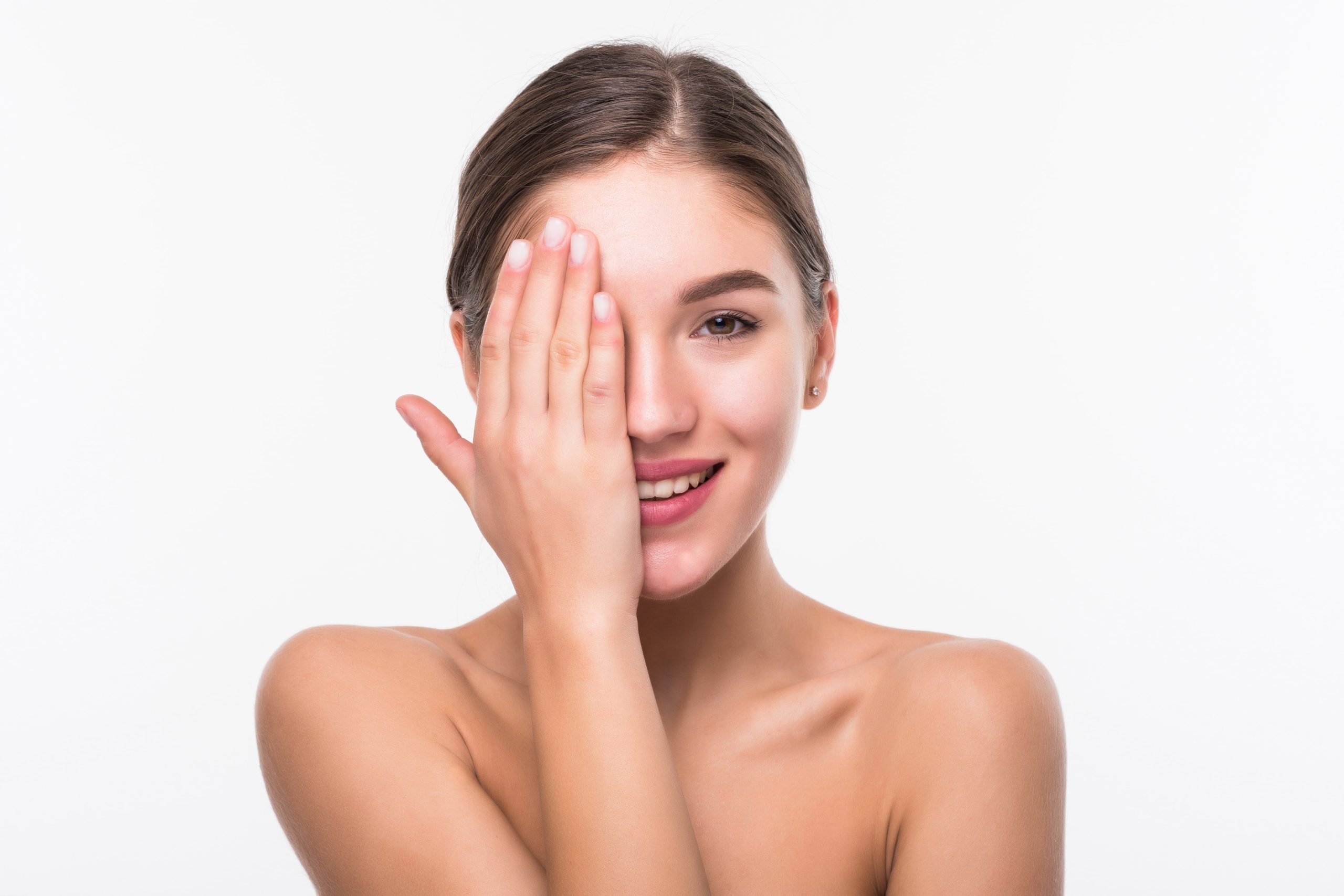The Truth About Active Ingredients: Niacinamide, Retinol, and More Explained
Introduction: What Are Active Ingredients?
Active ingredients in skincare are powerful components that can profoundly influence your skin’s health and appearance. Unlike basic moisturizers or gentle cleansers, these actives—such as niacinamide and retinol—are formulated to target specific concerns like acne, aging, pigmentation, or inflammation. Many dermatologist-recommended regimens are centered around a smartly curated set of actives tailored for your skin type.
Consulting a skin specialist—especially the best skin specialist in Chandigarh—can help you navigate this crowded landscape and build a routine that suits your unique needs. Let’s unpack what these star ingredients actually do, how they work together, and how to use them safely.
1. Niacinamide: The Gentle Powerhouse
Nicknamed vitamin B3, niacinamide is celebrated for its gentle yet effective multi-tasking capabilities.
Key Benefits:
- Strengthens the skin barrier by boosting ceramide and free fatty acid synthesis, improving hydration and reducing water loss .
- Reduces inflammation, helping with acne, rosacea, and eczema .
- Brightens complexion and fades dark spots by interrupting melanin transfer.
- Regulates sebum production, making it ideal for oily or combination skin.
- Fights fine lines and wrinkles, supporting collagen production.
- Provides antioxidant effects, protecting skin from environmental damage.
Concentration Guidelines:
- 2–5% for sensitive skin,
- 5–10% for acne-prone or textured skin,
Avoid exceeding 10% to minimize irritation.
How to Use:
- Apply after cleansing, before moisturizer and sunscreen.
- Can be used both morning and night. Consistency (4–6 weeks or longer) is key for real results.
Dermatologist Tips:
- Best absorbed on slightly damp skin.
- Outperforming retinol in barrier repair, it can be layered with peptides, antioxidants, and even light acids .
2. Retinol: The Gold Standard Anti-Aging Agent
Retinol, a vitamin A derivative, is regarded by most dermatologists as the most effective ingredient for fighting signs of aging.
Proven Benefits:
- Speeds cell turnover and enhances collagen production.
- Minimizes fine lines, wrinkles, rough texture, and improves skin firmness.
- Treats acne by unclogging pores and reducing sebum.
- Fades dark spots and pigmentation with ongoing use .
Side Effects to Watch:
- Commonly causes dryness, redness, and peeling, especially early in use.
- Increases sun sensitivity—always pair with daily broad-spectrum SPF.
- Avoid during pregnancy, due to risks of birth defects; safer alternatives include niacinamide, vitamin C, glycolic acid.
3. Niacinamide + Retinol: A Dynamic Duo?
A common question: “Can niacinamide and retinol be used together?” The answer is yes, and here’s why.
Synergy in Action:
- Reduced Irritation: Niacinamide calms the skin and strengthens barrier, helping mitigate retinol’s drying effects.
- Enhanced Results: Both address acne, wrinkles, hyperpigmentation—but through different mechanisms .
- Complimentary Chemistry: Similar pH ranges and usage protocols reduce conflicts.
Recommended Pairing Tips:
- Start with niacinamide for a few weeks, then introduce retinol.
- Alternatives: Layer (sandwich method)—moisturizer, retinol, then moisturizer— or apply niacinamide and retinol at different times of day (AM/PM) .
- Maintain buffer with hydrating moisturizer .
- If dry or purging occurs, back down frequency .
4. Other Notable Active Ingredients
While niacinamide and retinol are central, several supporting actives enhance a well-rounded skincare routine.
🔹 Hyaluronic Acid (HA)
- A hydration powerhouse that attracts moisture deep into the skin.
- Ideal for layering beneath niacinamide and retinol for added moisture and comfort.
🔹 Vitamin C
- A powerful antioxidant for brightening and UV protection.
- Best used in the morning, separate from retinol to avoid oxidation or irritation .
🔹 AHAs/BHAs
- Exfoliating acids like glycolic, lactic, salicylic help improve texture and unclog pores.
- Avoid combining with retinol to reduce irritation risk.
🔹 Peptides
- Amino acid chains that support collagen synthesis and barrier integrity.
- Use on nights without retinol or alternate times.
5. Layering & Routine Order
An effective skincare routine isn’t just about ingredients—it’s about order of application.
Morning Routine:
- Cleanser
- Vitamin C (if used)
- Hyaluronic Acid
- Niacinamide
- Moisturizer
- SPF (sunscreen last)
Evening Routine:
- Cleanser
- Hyaluronic Acid
- Niacinamide
- Retinol (carefully)
- Or use a “sandwich” method: moisturizer → retinol → moisturizer
- Peptides on alternate nights
- Moisturizer
Consistency is key—and layering actives carefully (especially retinol) avoids burnout.
6. Safety, Sensitivity & Best Practices
How to Begin
- Always patch-test new products.
- Introduce one active at a time to monitor skin response.
- Start retinol slowly: once or twice a week, then increase as tolerance builds.
Addressing Purging:
- Initial breakouts can occur as skin renews itself—this is normal.
- If issues persist beyond 2–3 months, consult your dermatologist or skin specialist, ideally the best skin specialist in Chandigarh.
Pregnancy & Retinol:
Strictly avoid retinol during pregnancy or breastfeeding. Use safer alternatives like niacinamide or vitamin C .
Sun Protection:
- Retinol makes skin more sun-sensitive—daily SPF is non-negotiable .
- Reapply every 2 hours if spending extended time outdoors.
7. Real-World Tips & Community Wisdom
Insights from users and online communities underscore real-life skincare journeys:
- Use niacinamide on damp skin for better absorption.
- Pairing is best after your skin builds retinol tolerance—don’t rush .
- Many Indian users report “retinol sandwich” methods or buffering with niacinamide to combat dryness and purging .
- Always pair retinol with hydration and ceramide/peptide moisturizers for healthy skin barrier .
8. Consulting the Best Skin Specialist in Chandigarh
If you’re unsure which ingredients suit your skin—or how to layer them—visit a qualified professional. The best skin specialist in Chandigarh will:
- Assess your skin type, concerns, and sensitivities
- Recommend dermatologist-grade products or in-clinic procedures
- Guide safe use of actives like retinol and provide alternate options during pregnancy or reactive phases
9. Sample Skincare Plans
For Beginners:
- AM: Cleanser → Hyaluronic Acid → Niacinamide → Moisturizer → SPF
- PM: Cleanser → Hyaluronic Acid → Niacinamide → Moisturizer
Intermediate:
- AM: Cleanser → Vitamin C → Niacinamide → Moisturizer → SPF
- PM (2×/week): Cleanser → Hyaluronic Acid → Niacinamide → Retinol (light dose) → Moisturizer
Advanced:
- AM: Cleanser → Vitamin C → Hyaluronic Acid → Niacinamide → Moisturizer → SPF
- PM (alternate nights): Cleanser → Hyaluronic Acid → Niacinamide → Retinol or Peptide Serum → Moisturizer
10. Final Thoughts
- Niacinamide: A gentle, versatile ingredient suited for daily use.
- Retinol: A potent anti-aging tool—effective but requires caution.
- Combining the two: Safe and synergistic when used correctly.
- Other actives (HA, vitamin C, peptides) add hydration, brightness, and structural support.
The smart integration of actives into your skincare routine—preferably under the guidance of a dermatologist or best skin specialist in Chandigarh—yields lasting skin health and radiance.


Leave a Comment